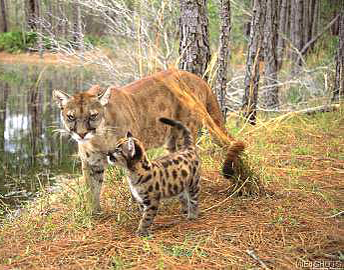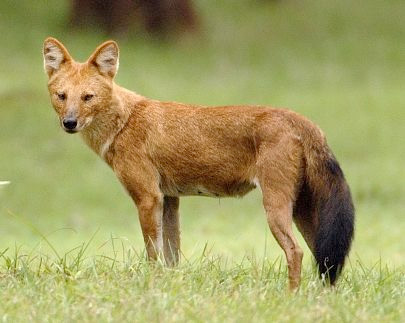Biodiversity
Overview
Scientists have long recognized that many species on Earth come and go with varying environmental conditions, natural competition, and changes in habitats and climates. Think of the multiple theories surrounding the extinction of the dinosaurs!

The Siberian tiger is critically endangered. Three subspecies of tigers are already extinct.
The decline in biodiversity (the number of different species of organisms on Earth) that has occurred in the last few decades, however, is a rapid decline. From what we study of historical records, it is a much more rapid decline than any other in Earth’s history.
Many people scoff at the idea of a biodiversity decline. News stories about the possible extinction of a salamander, a population crash of the ivory-billed woodpecker, or an endangered freshwater stingray usually have people wondering why any of it is important to them. There are more salamanders, more birds, and more stingrays, right? So what if we lose a few? Those people would be very surprised at the answer.
Biodiversity loss threatens human security and well-being. Food chains on which we depend would be disrupted, water sources might disappear, and medicines and other resources obtained from lost organisms—or the organisms that depend on them—would be lost to us.
Climate change seems to be a major driver of the loss of biodiversity and it is predicted to have an even greater impact in the decades to come. Melting Arctic sea ice, ocean acidification, warming temperatures, extreme weather events, and rising sea levels will have a devastating effect on some species if predictions are true.

In 2002 a Convention on Biological Diversity was held in The Hague, Netherlands, to address threats to Earth’s ecosystems. Given the state of rainforest deforestation, habitat destruction, and predicted global climate change, world leaders promised to "strengthen our efforts to put in place measures to halt biodiversity loss, which is taking place at an alarming rate...by the year 2010."
In 2010, the International Year of Biodiversity, scientists were still talking about threats to Earth’s biodiversity. While scientists attempt to focus the world’s attention and raise awareness of the fragile state of some of Earth’s ecosystems, things are worse.
The Florida panther (Puma concolor coryi) is critically endangered. Image credit: Florida Panther.com
In a study published in Science magazine, scientists and environmentalists concluded: "Our analysis suggests that biodiversity has continued to decline over the past four decades, with most state indicators showing negative trends."
It’s not like we have totally ignored the problem. Responding to research results, some governmental policies have improved. More countries are setting aside protected lands and are managing resources for sustainability. Global pacts and agreements have included provision for conservation and tackling the problems of invasive species.

The dhole is on the edge of extinction. It is the most endangered Asiatic top predator.
Why have our efforts fallen somewhat short of the mark? Some scientists suggest that our strategies so far, while important, might not be enough to offset the trends in global climate change. Some progress has been made, but strong, concentrated efforts are needed now if we are to protect our planet’s biodiversity.
Is the threat to our biodiversity real? What do your data show?
Use the Related Links and other resources in this module as you start your research into climate change effects on biodiversity. Your report to the International Panel should include a comprehensive explanation of any threats to Earth’s biodiversity and also recommendations for alleviating the threats or consequences.



